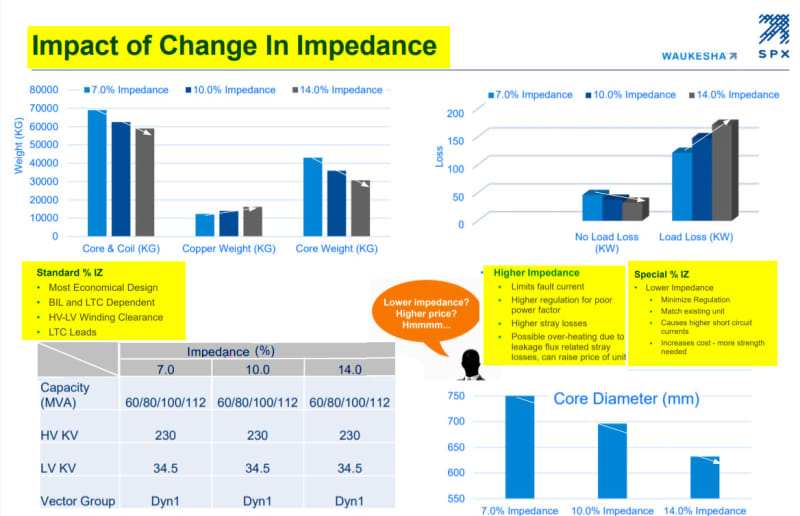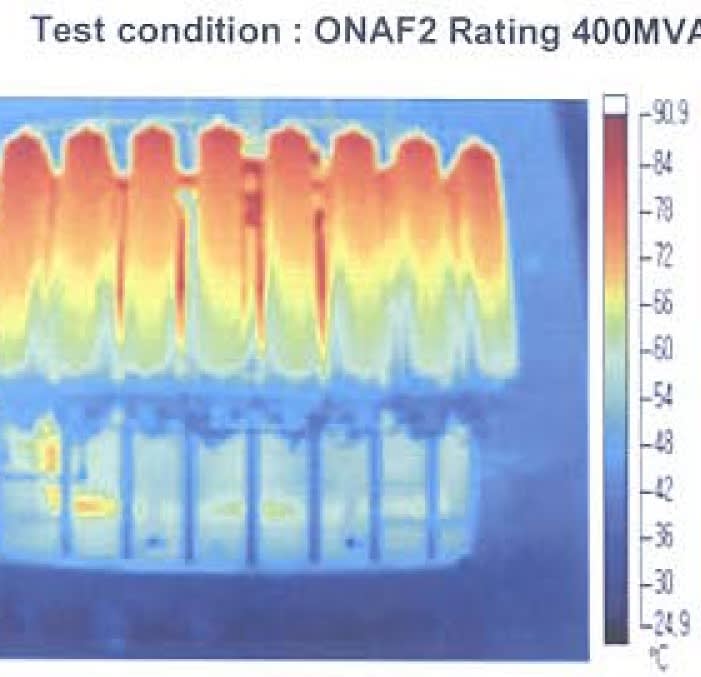The transformer impedance (for large ratings this is almost same as % reactance, % resistance being very small) of a transformer depends on the number of turns in winding(vary as square of number of turns)and physical size of HV & LV windings(width and height) and the insulation radial gap between windings (depends on HV voltage ie BIL) During the first decades of transformer production in 19th century, engineers were trying to achieve as low a impedance as possible to minimize the voltage regulation. Later engineers understood that impedance has a beneficial effect- it gives protection during line short circuits( by reducing the short circuit current flowing through windings -it is(100/%impedance ) times the rated current of transformer).
For a particular MVA and HV voltage there is an optimum % impedance where the cost of transformer is minimum. When we increase or decrease from this value cost increases. But there is a minimum value beyond which it is extremely difficult to achieve lower values. When impedance goes up, transformer becomes a copper machine ie turns are increased, copper weight goes up, core weight comes down, copper loss goes up, core loss comes down-over all transformer weight comes down, height goes up. With lower impedance, transformer becomes core machine ie turns are less, core weight more, copper less, core loss more, copper loss less -, overall height reduced but becomes heavier. For easy memory -high impedance a slender, tall lady,low impedance fat, heavy and short lady.
Usually impedance varies between 2-5 % for distribution transformers and 6-25 % for Power Transformers. There are exceptions- for power transformers used in Power Lab (for short circuit testing)impedance will be low 1-2 % at 500-800 MVA , 30-60 % for small transformers used with power electronics ( traction transformers used inside rail coaches)
When transformer winding is provided with taps, physical radial position of regulating winding with respect to core and other windings is done such a way to get constant % impedance at all taps, increasing % impedance with increased tap numbers or decreasing % impedance with increasing tap numbers. This can become critical when parallel operation with existing transformers is required. Buyer should inform manufacturer the pattern of impedance variation of existing transformer with tap changing.


![[thumbsup] [thumbsup] [thumbsup]](/data/assets/smilies/thumbsup.gif)
